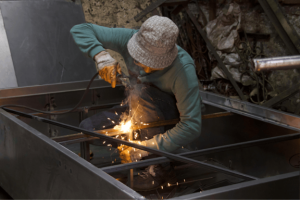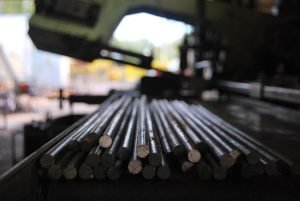Last Updated on May 16, 2025 by teamobn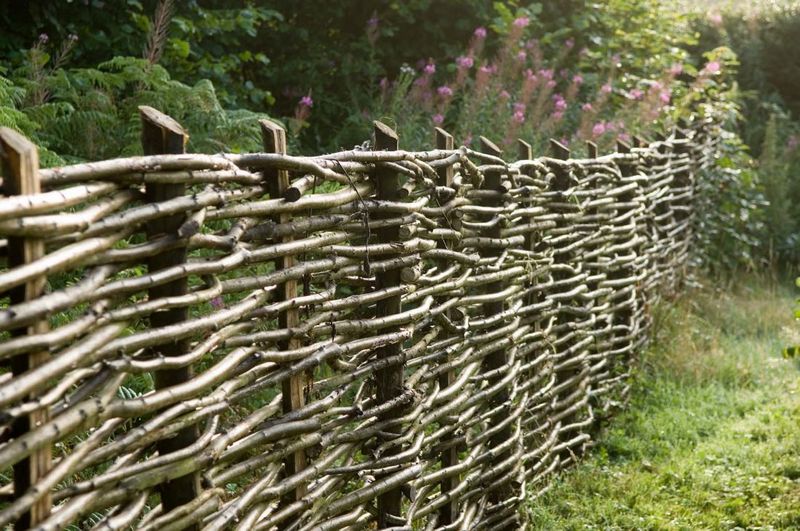
In Mending Wall, poet Robert Frost decries the saying that “Good fences make good neighbors”. It’s a beautiful piece of writing but I feel the saying has great relevance in an urban setting.
A sustainable fence do help define the boundaries between public and private, yours and mine. But all too often, those same fences are drab and dreary and even, sometimes, an absolute eyesore.
If you’re tired of your old paling fences you might find some inspiration here. I say this a lot, but here it is again…be creative! The fence is a great medium to show off your personality and style to onlookers.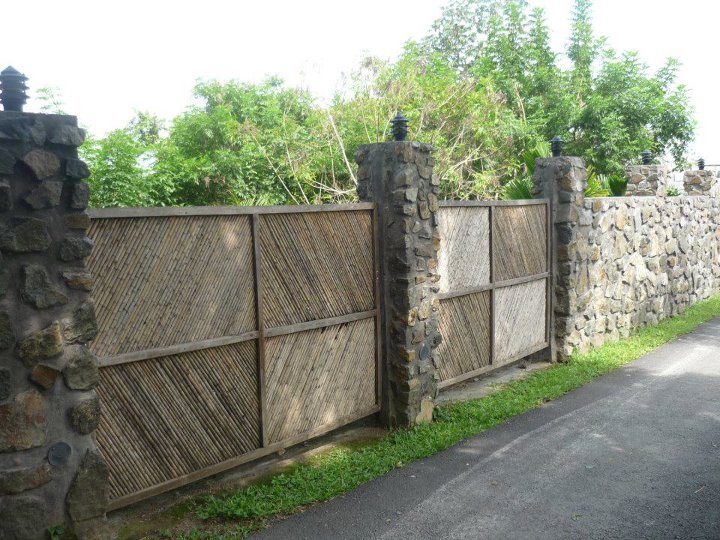
It is a perfect way to add a little something extra to your yard and on your property. Painting, staining, framing, and more are easy ways to make your fence unique. And these fences will surely protect your garden features.
Make use of the materials that are available in your backyard, or you can even purchase the materials and assemble it according to your desired designs.
Contents
Creative DIY Sustainable Fence Ideas
A sustainable fence doesn’t have to look ordinary. In fact, it’s the perfect project to blend creativity with eco-conscious living. You can build one that protects your space, reflects your personality, and helps the planet—without breaking the bank.
Reclaimed Wood Paneling
Reclaimed wood is one of the most popular materials for building a sustainable fence. You can often find it in old barns, shipping pallets, or even torn-down buildings. Sanding and sealing the wood will give it new life while preserving its weathered charm.
Arrange the planks vertically or horizontally for different visual effects. Mix sizes or stain them in varying tones for extra depth. It’s not just rustic—it’s responsible.
Glass Bottle Fence
A glass bottle fence is both eye-catching and eco-friendly. Collect wine, soda, or even colored water bottles and embed them into a concrete or wooden frame. When sunlight hits the bottles, the fence glows like a row of stained glass windows. This style works well as a garden divider or a privacy screen. You’re not just recycling; you’re turning waste into art. Plus, it keeps countless bottles out of landfills.
Corrugated Metal with Timber Frame
If you want an industrial-meets-organic look, try combining corrugated metal panels with a timber frame. Use reclaimed or rusted metal sheets to reduce waste and add character. Pair them with sustainably harvested wood or repurposed fence posts for a bold contrast.
This style offers durability and can withstand extreme weather conditions. It also reflects heat, which can help regulate garden temperatures behind the fence line.
Living Fence Walls
A living fence offers the most natural take on a sustainable fence. Plant hedges, espalier fruit trees, or a vertical wall of vines along your property boundary. Not only does it look lush, but it improves air quality and provides habitat for pollinators..
You can also train climbing plants like jasmine, wisteria, or ivy over wire frames or wooden supports. Living fences reduce stormwater runoff and blend seamlessly into a garden landscape.
Woven Branch Panels
If you have access to pruned branches or flexible twigs like willow, hazel, or grapevine, you can weave your own fence panels. This traditional method—called wattle fencing—has been used for centuries and makes use of what’s already available in nature. Start with upright stakes, then weave your branches horizontally in a tight, repeating pattern. The final look is rustic, sturdy, and completely biodegradable. It’s a great use for yard waste that would otherwise be discarded.
Shipping Pallet Fence
Old shipping pallets are an excellent material for quick, low-cost fencing. You can attach full pallets upright for a rustic barrier or disassemble them for custom builds. Paint or stain them for a pop of color, or leave them raw for a farmhouse look. Many pallets are made of hardwoods that hold up well outdoors. When sourced carefully, they make an affordable base for a sustainable fence without sacrificing style.
Clay Pot and Planter Fences
Combine privacy and greenery by building a fence with stacked or suspended clay pots. You can mount rows of planters onto wooden slats or metal frames and fill them with herbs, succulents, or flowers. This living wall creates a vibrant visual border while maximizing space in smaller yards. It’s a creative way to recycle old containers and promote plant life in urban gardens.
Upcycled Bicycle Wheel or Door Fence
Fences made from unconventional objects like bicycle wheels, antique doors, or metal gates can spark conversation and highlight your love for reuse. Align them side-by-side or stagger them for a whimsical touch. This eclectic approach turns salvaged junk into a gallery of design. Each piece tells a story, and together they become a sustainable fence with soul.
Creating your own sustainable fence isn’t just about building a boundary. It’s about building smarter. With repurposed materials and a bit of creativity, you can construct a fence that’s environmentally responsible, beautiful, and uniquely yours. Let your fence do more than divide.
Sustainable Fence Gallery
What we here is a gallery of fences to help you with fences ideas you want to build on your own.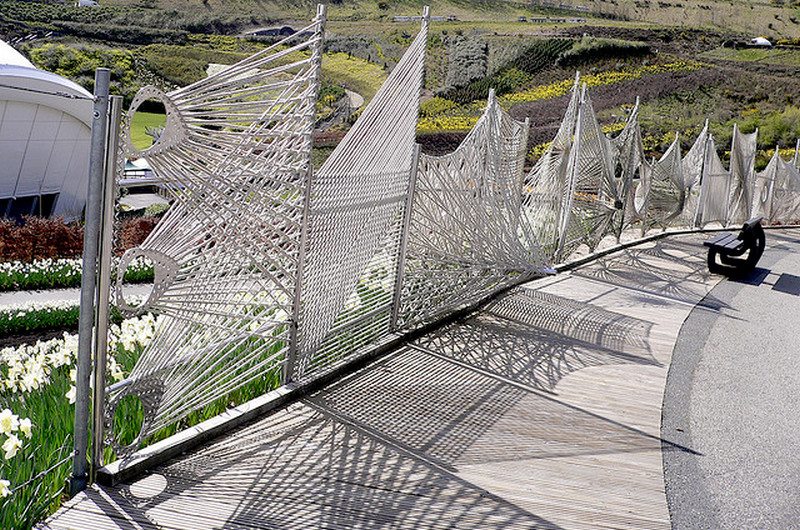
Click on any image to start the lightbox display. Use your Esc key to close the lightbox. You can also view the images as a slideshow if you prefer ![]()

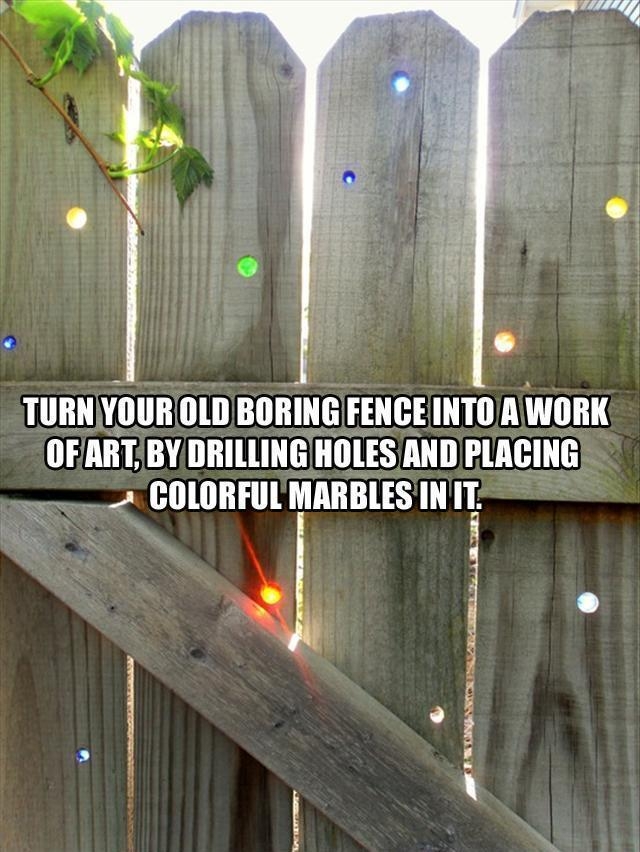

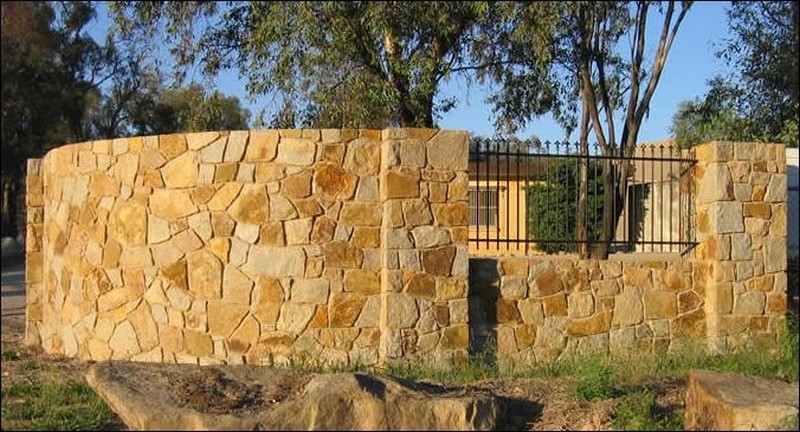


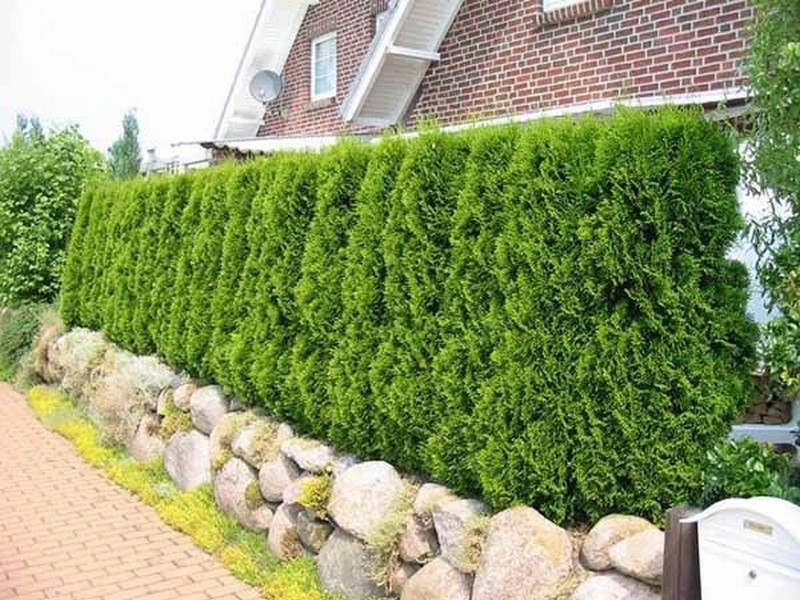
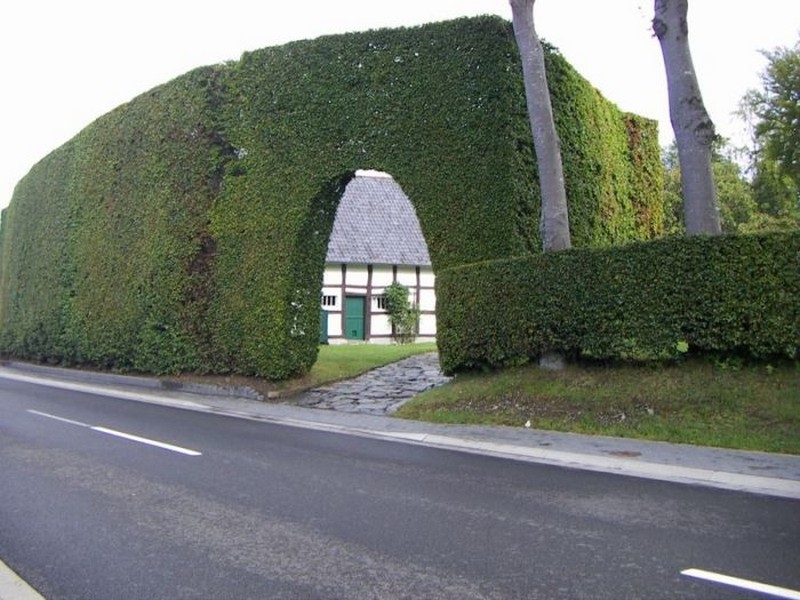
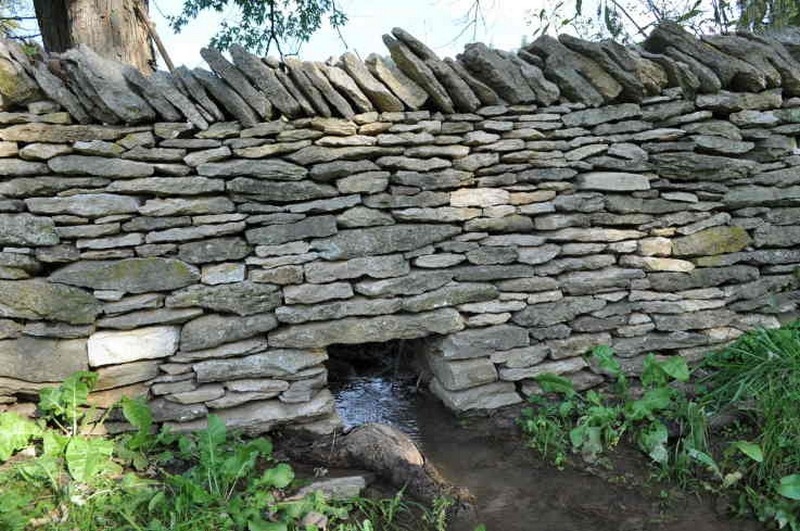
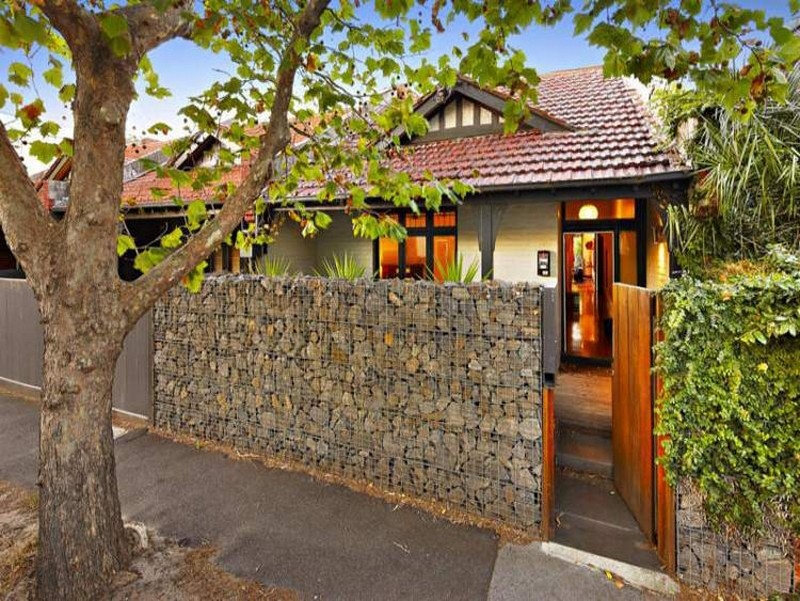
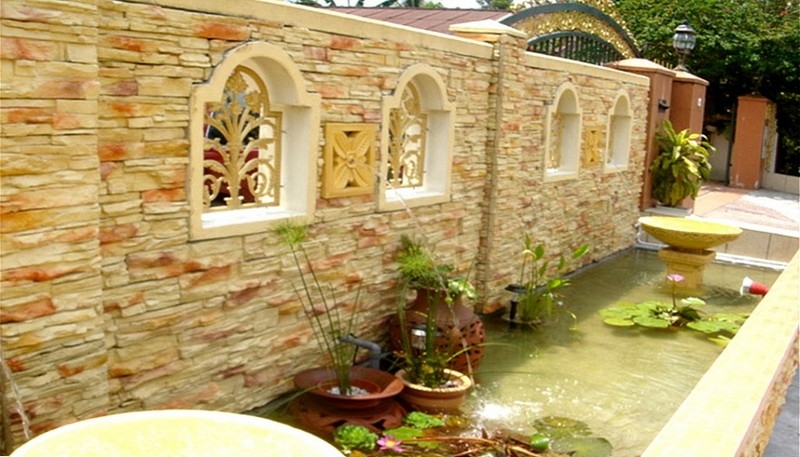

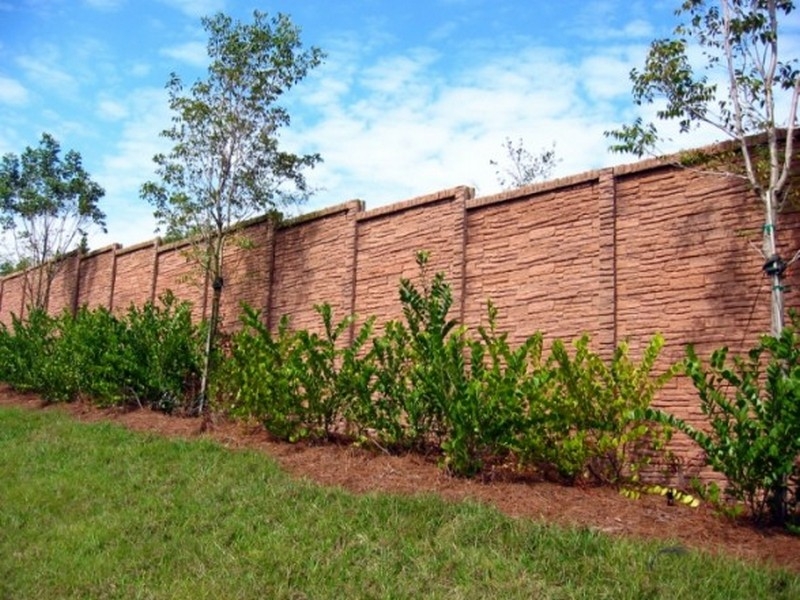
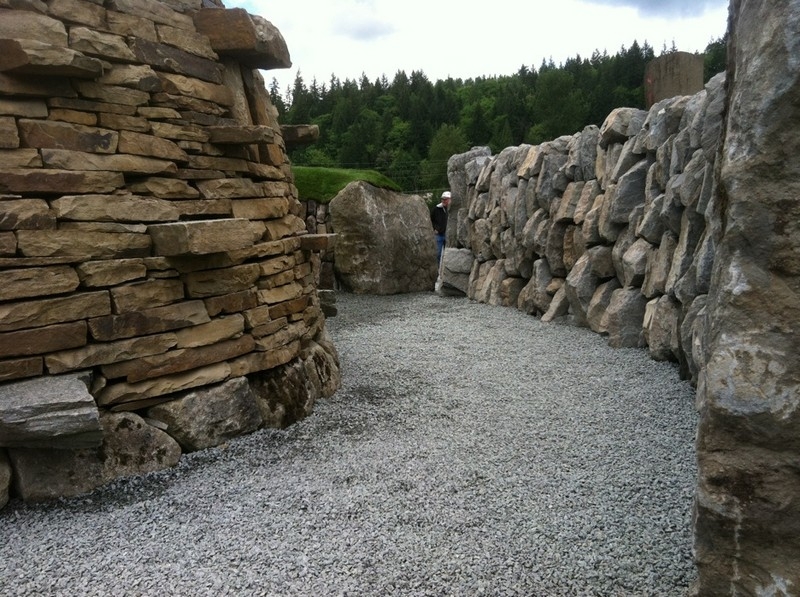
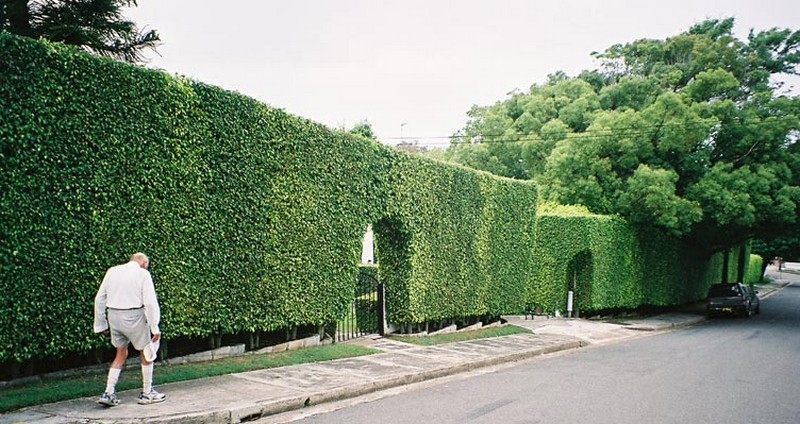
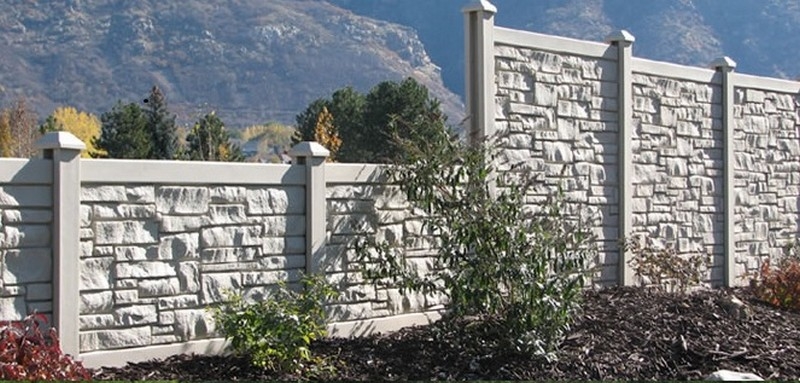
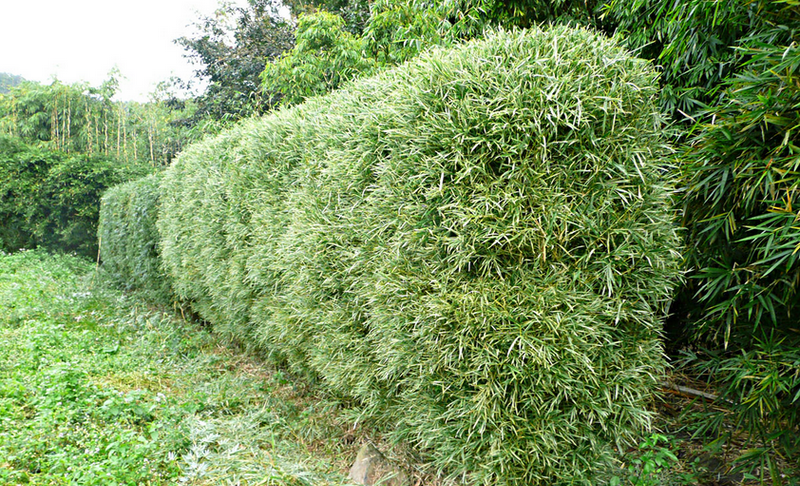
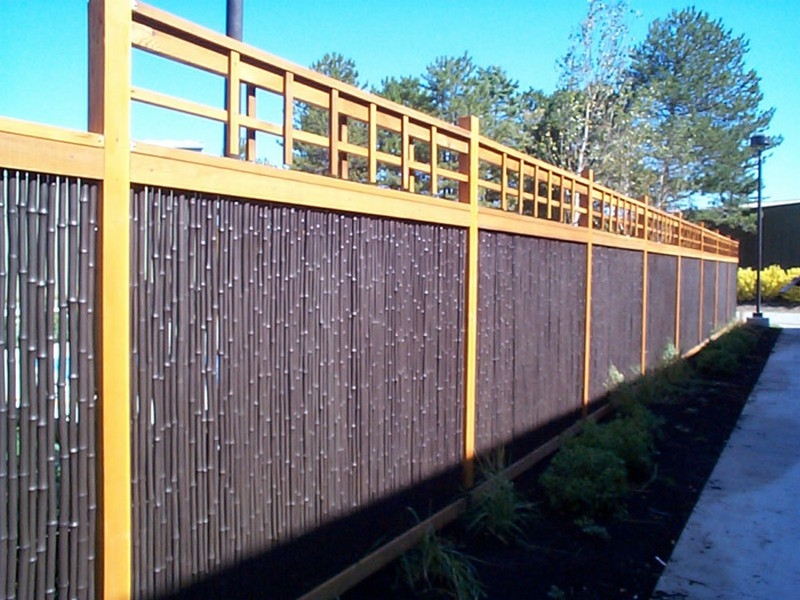
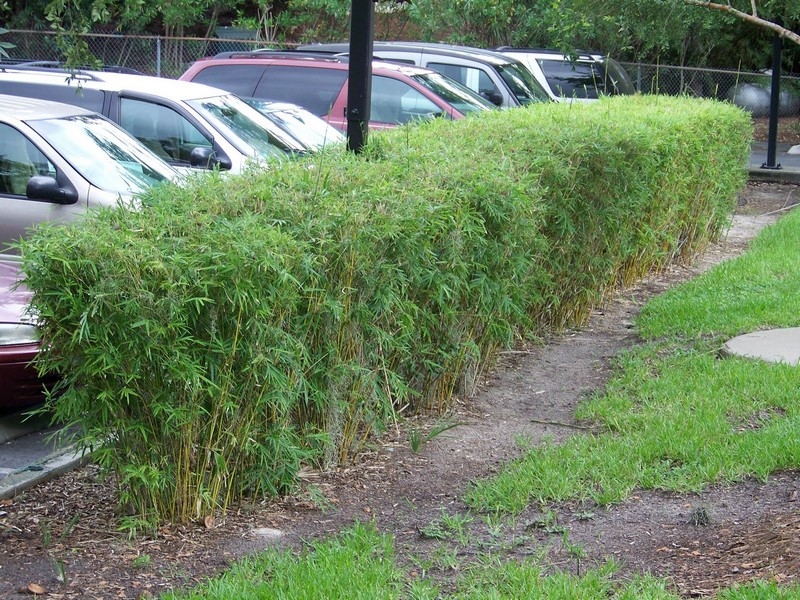
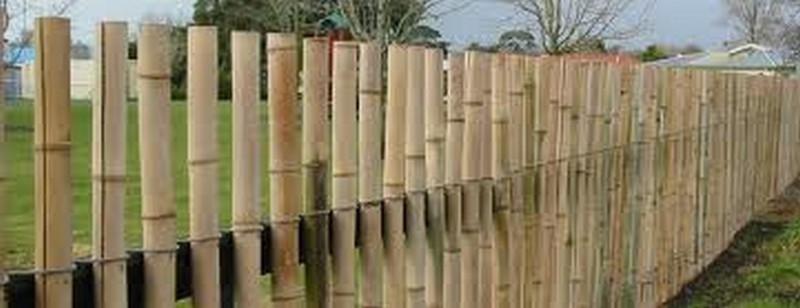
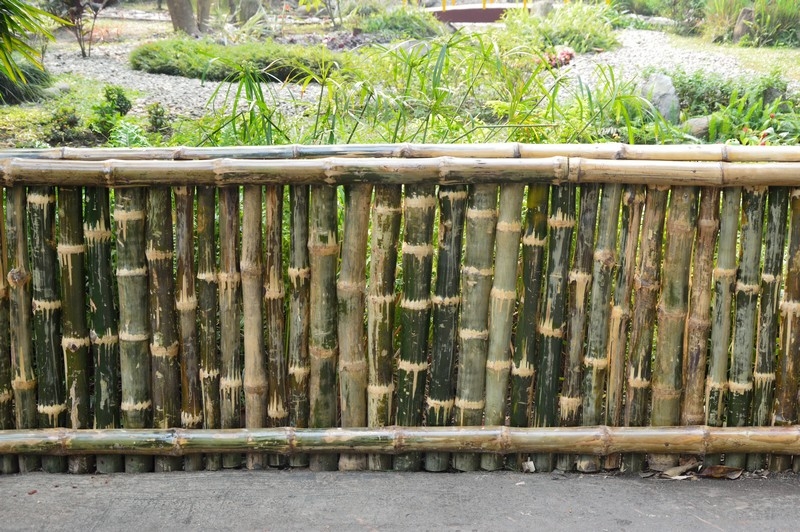
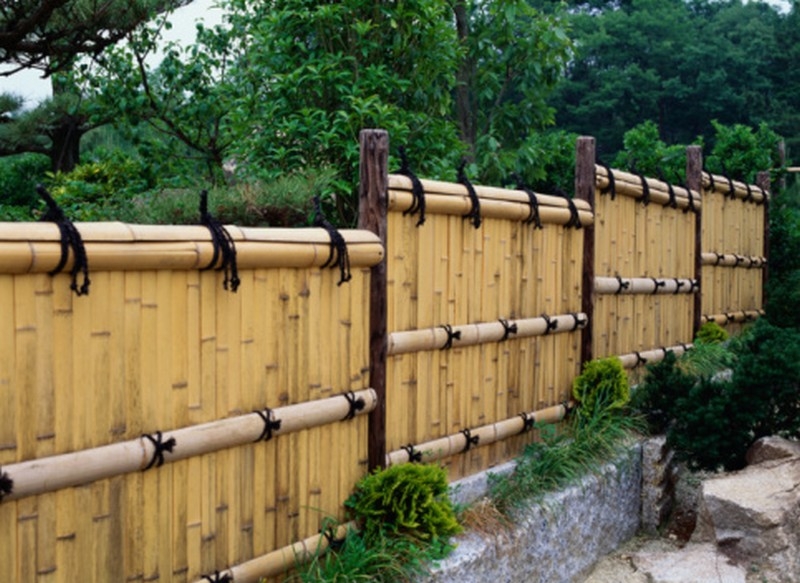
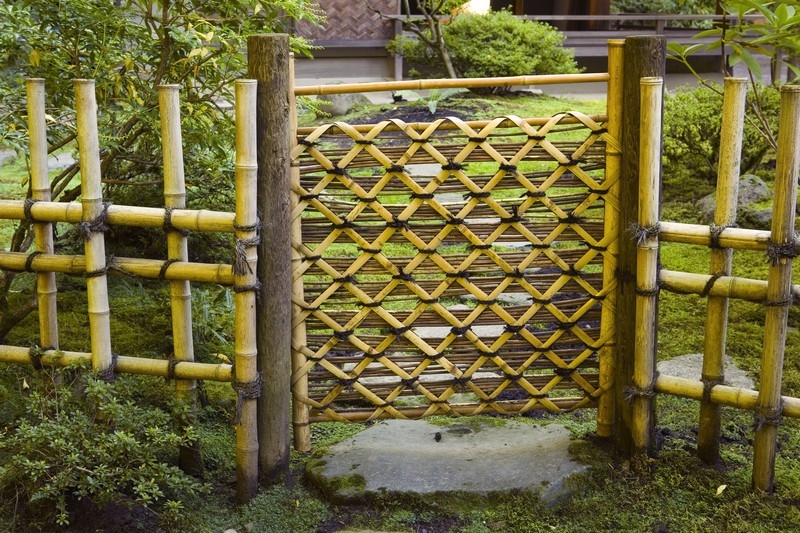
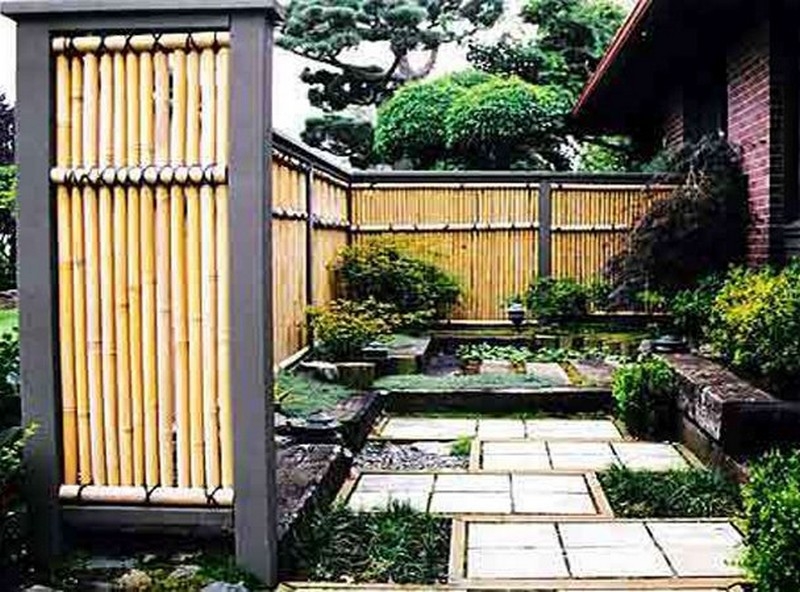
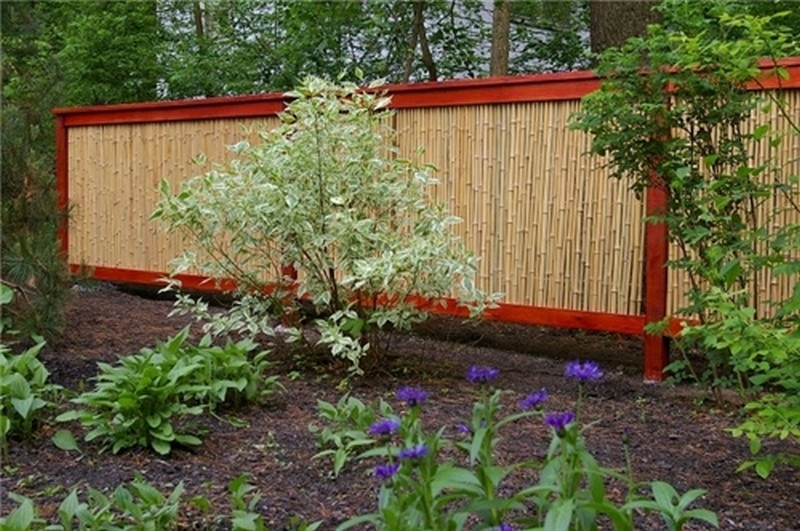
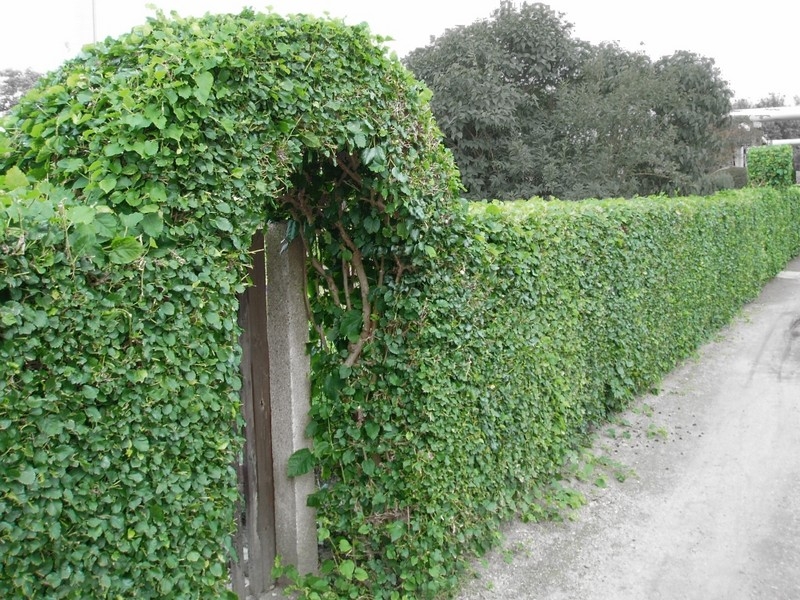
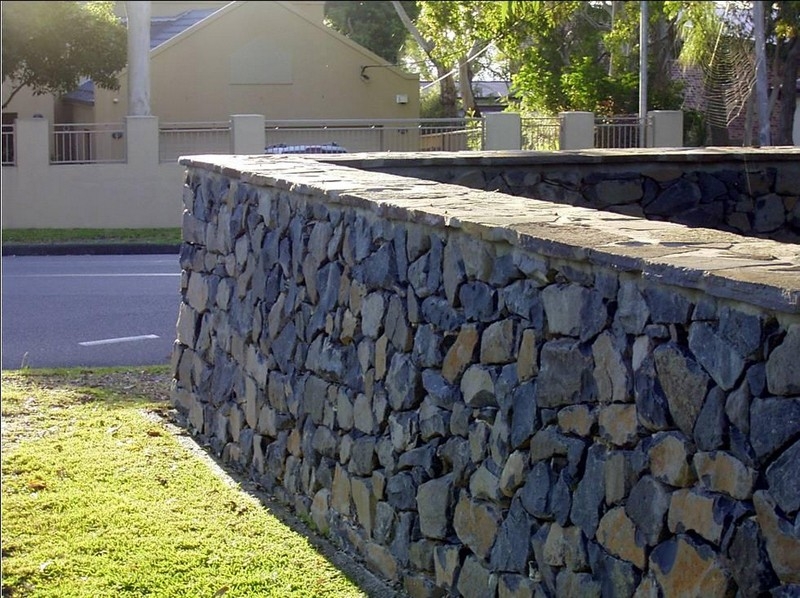
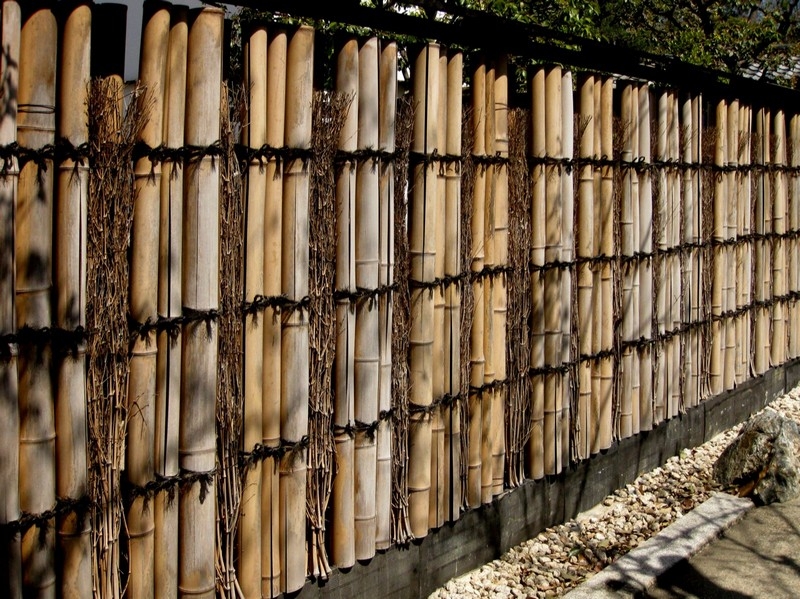
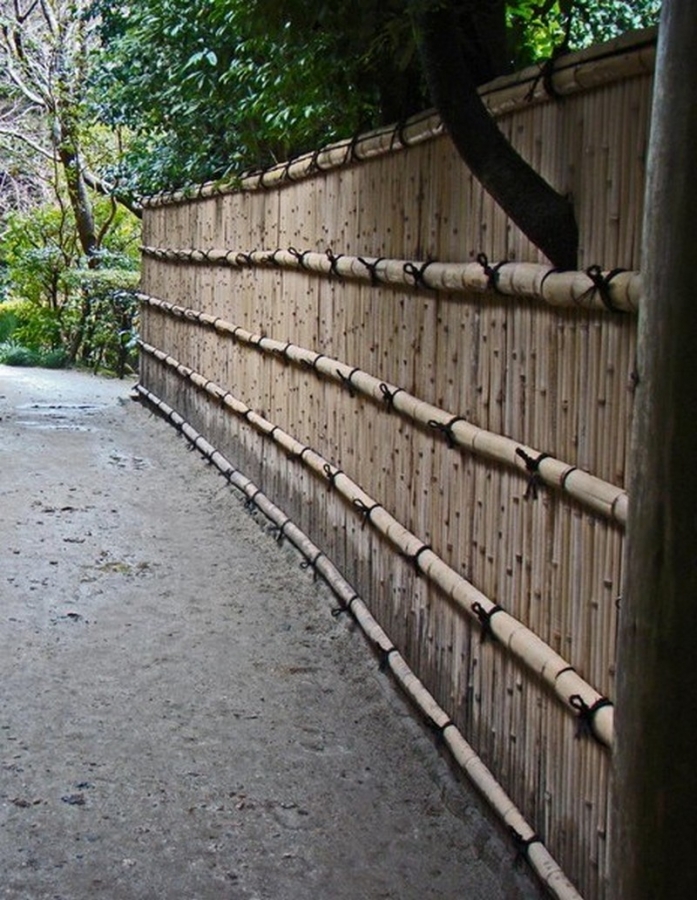


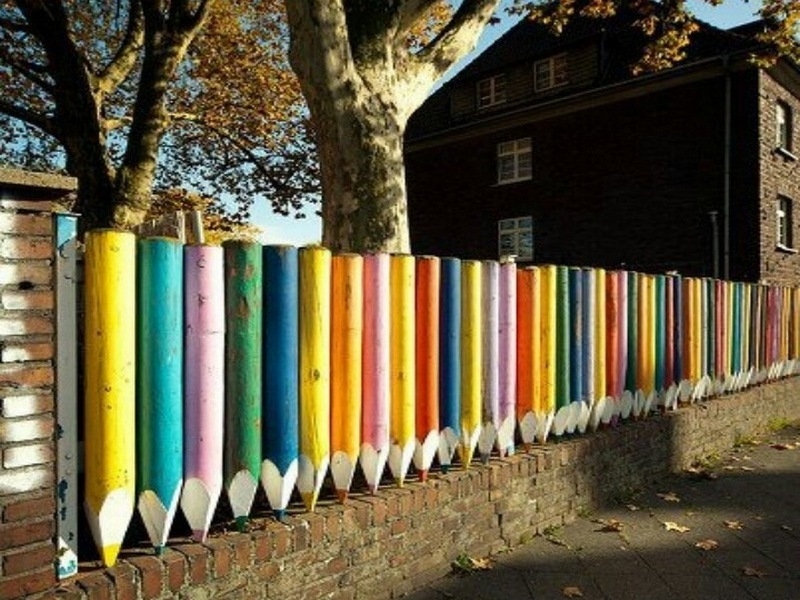
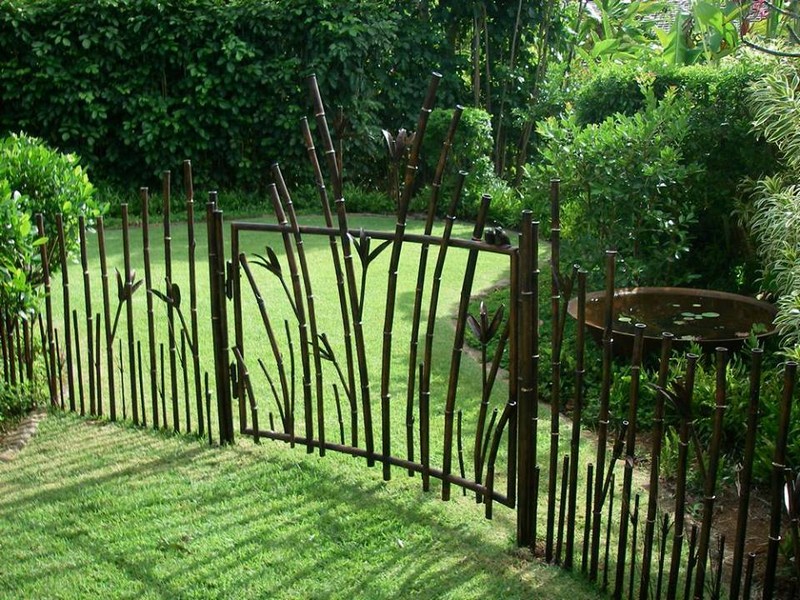

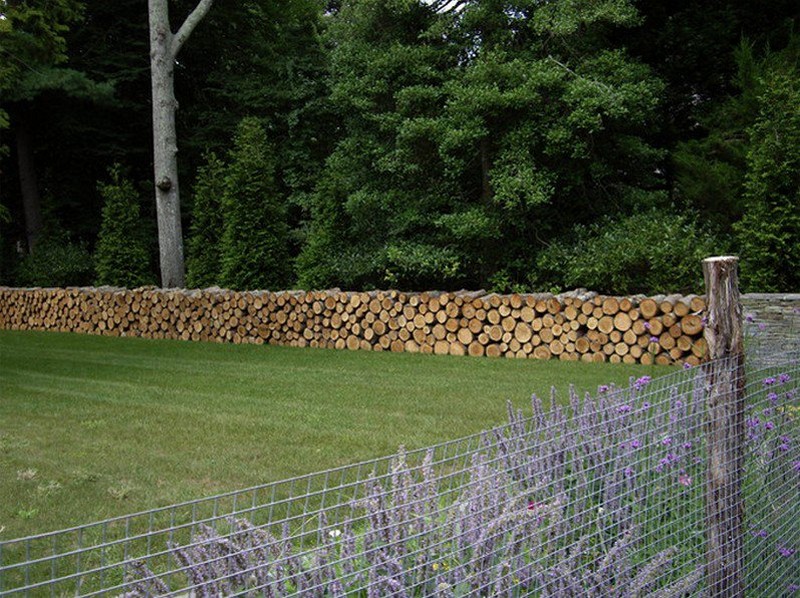

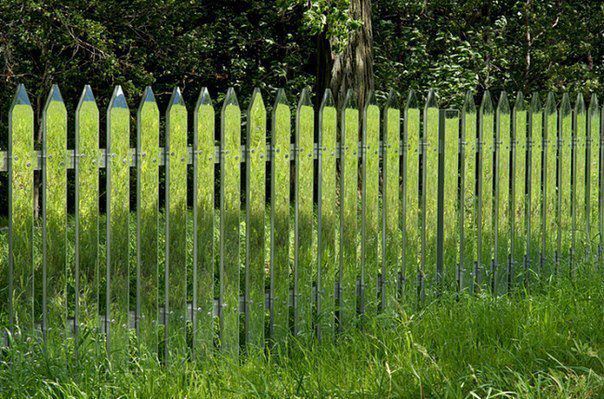
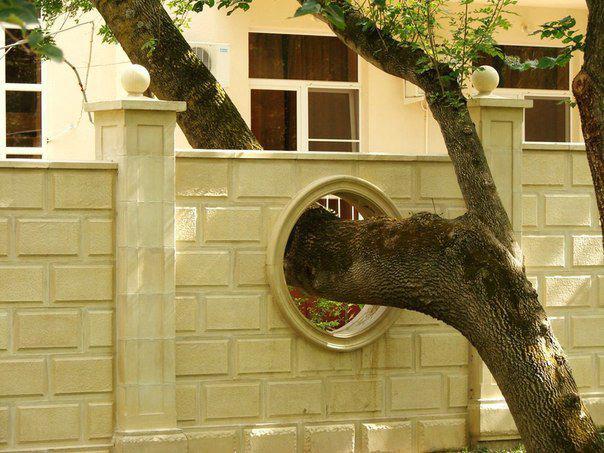
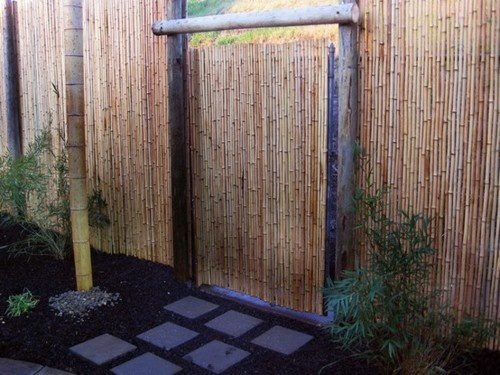
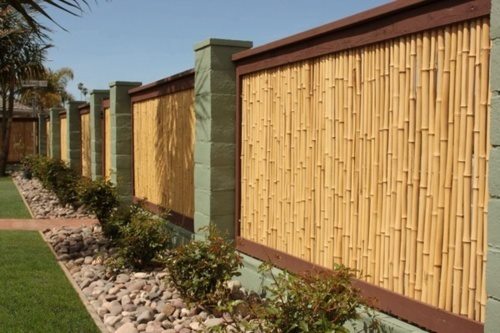
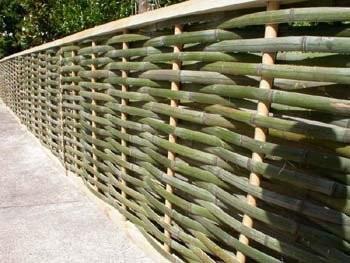
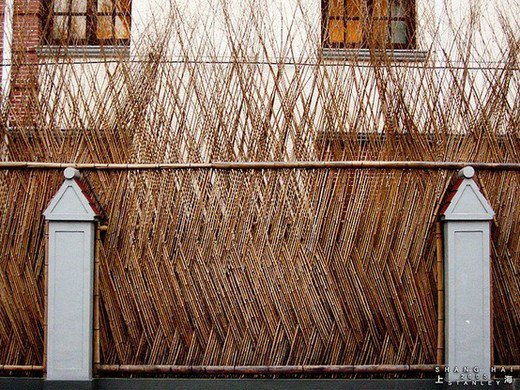
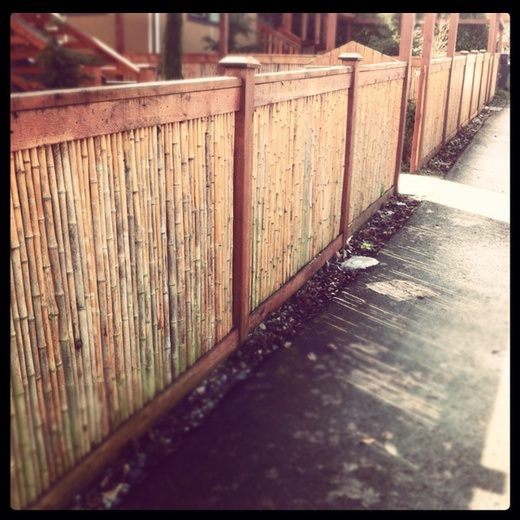
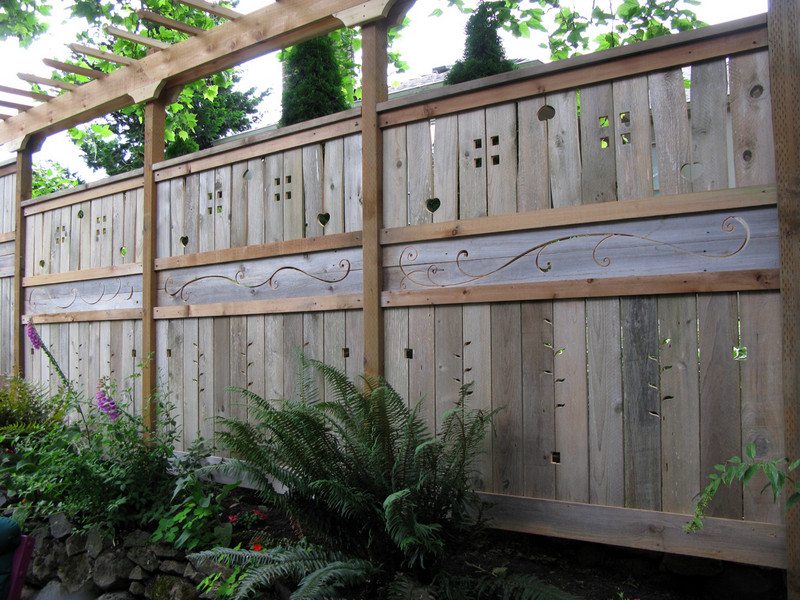

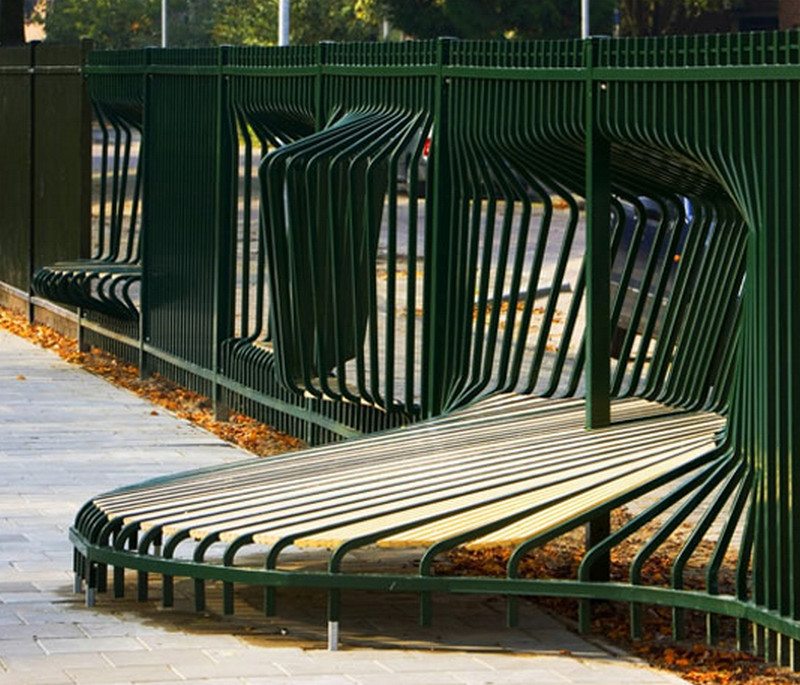
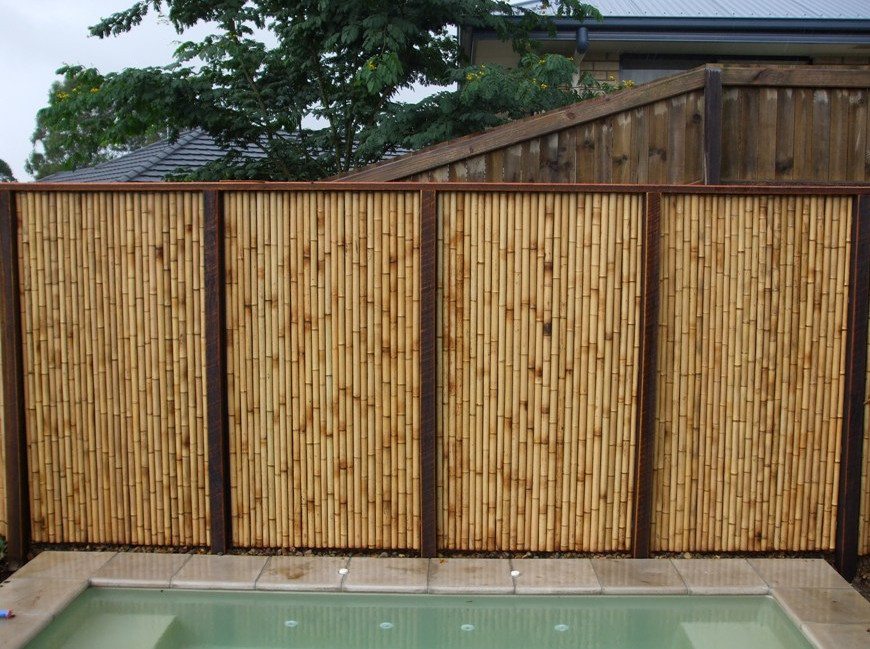


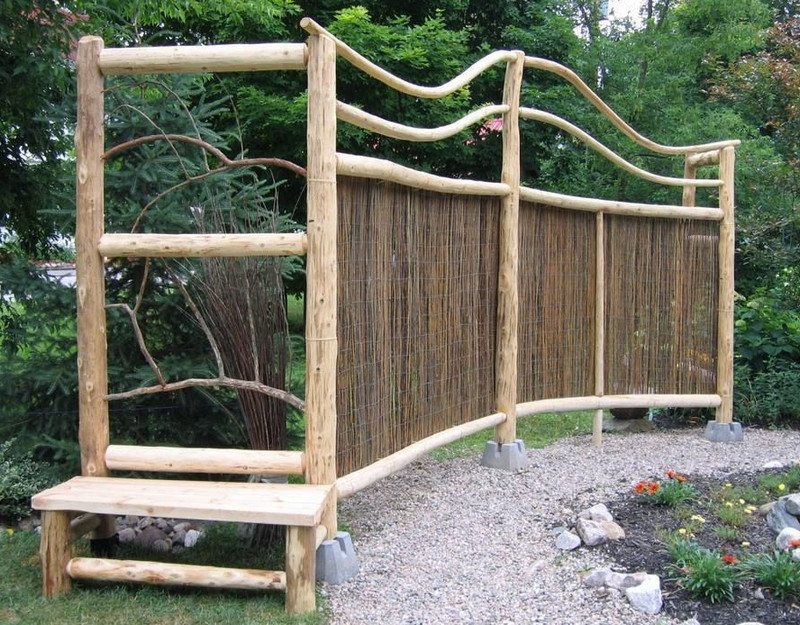
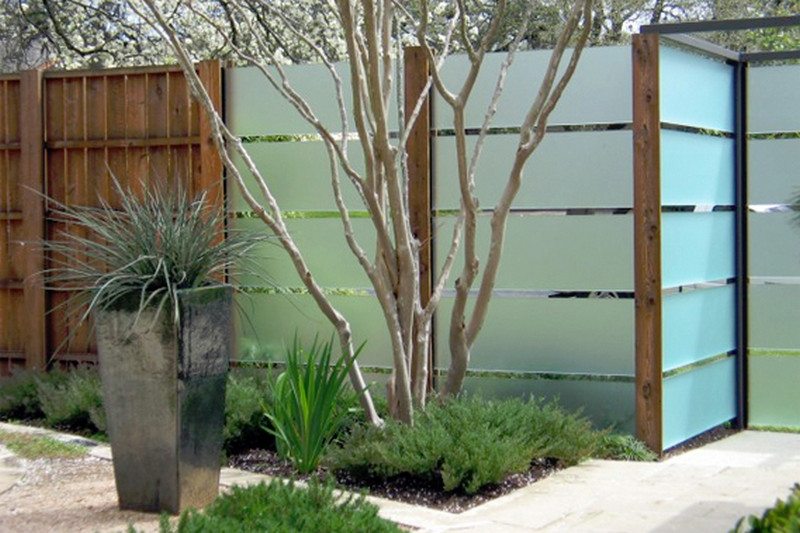


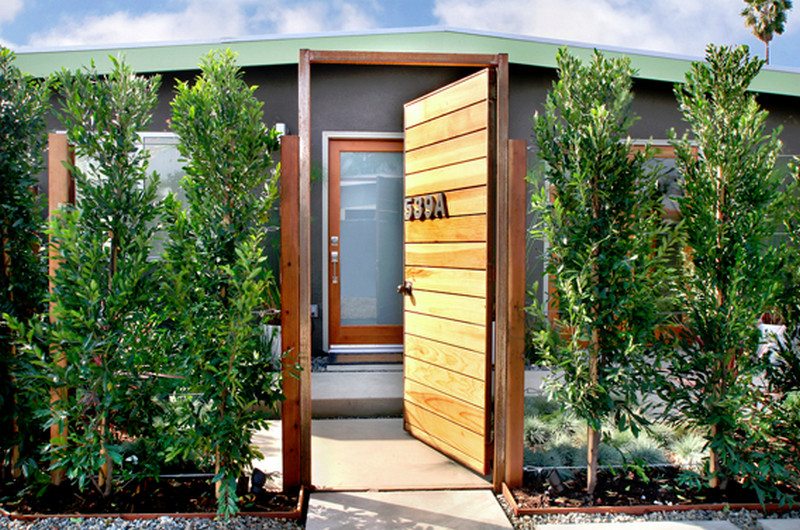
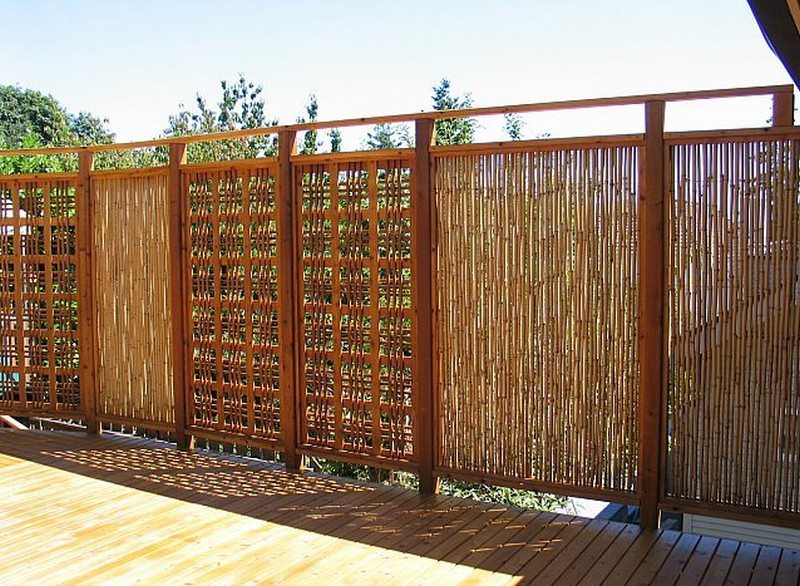

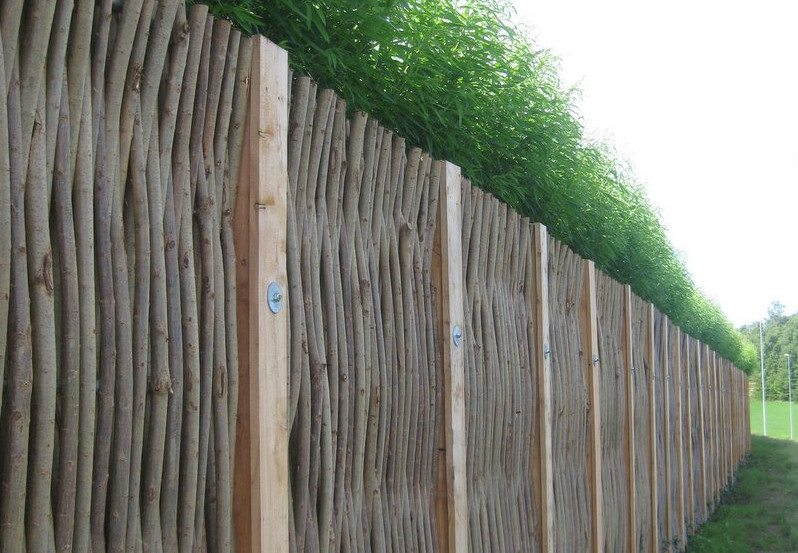
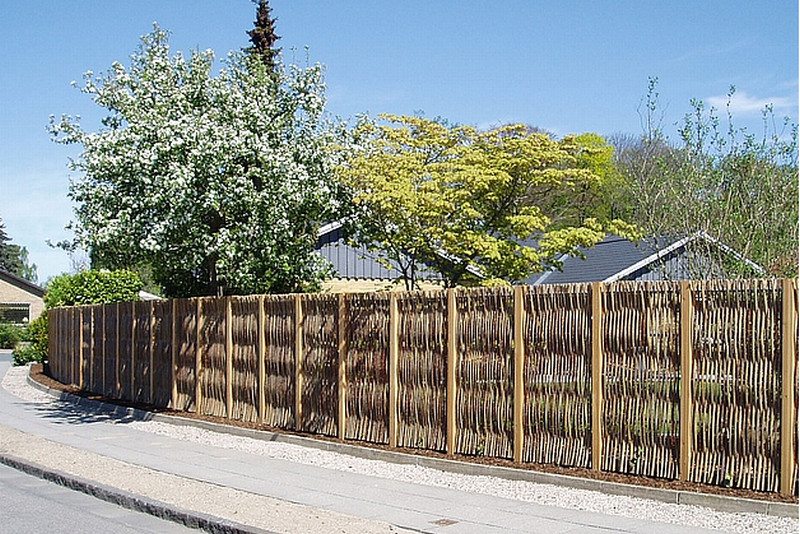
Mending Wall
Robert Frost
Something there is that doesn’t love a wall,
That sends the frozen-ground-swell under it,
And spills the upper boulders in the sun;
And makes gaps even two can pass abreast.
The work of hunters is another thing:
I have come after them and made repair
Where they have left not one stone on a stone,
But they would have the rabbit out of hiding,
To please the yelping dogs. The gaps I mean,
No one has seen them made or heard them made,
But at spring mending-time we find them there.
I let my neighbour know beyond the hill;
And on a day we meet to walk the line
And set the wall between us once again.
We keep the wall between us as we go.
To each the boulders that have fallen to each.
And some are loaves and some so nearly balls
We have to use a spell to make them balance:
“Stay where you are until our backs are turned!”
We wear our fingers rough with handling them.
Oh, just another kind of out-door game,
One on a side. It comes to little more:
There where it is we do not need the wall:
He is all pine and I am apple orchard.
My apple trees will never get across
And eat the cones under his pines, I tell him.
He only says, “Good fences make good neighbours.”
Spring is the mischief in me, and I wonder
If I could put a notion in his head:
“Why do they make good neighbours? Isn’t it
Where there are cows? But here there are no cows.
Before I built a wall I’d ask to know
What I was walling in or walling out,
And to whom I was like to give offence.
Something there is that doesn’t love a wall,
That wants it down.” I could say “Elves” to him,
But it’s not elves exactly, and I’d rather
He said it for himself. I see him there
Bringing a stone grasped firmly by the top
In each hand, like an old-stone savage armed.
He moves in darkness as it seems to me,
Not of woods only and the shade of trees.
He will not go behind his father’s saying,
And he likes having thought of it so well
He says again, “Good fences make good neighbours.”
Benefits of Choosing a Sustainable Fence
A sustainable fence does more than define your property line. It supports your values, reduces environmental impact, and often adds more character to your home than a generic store-bought option. Whether you’re building from scratch or replacing an old structure, choosing eco-friendly materials brings long-term rewards.
Reduces Environmental Footprint
One of the biggest advantages of a sustainable fence is its low environmental impact. By using recycled or renewable materials like bamboo, reclaimed wood, or composite boards made from sawdust and plastic waste, you’re keeping usable resources out of landfills.
You’re also minimizing the need for newly harvested timber or energy-intensive manufacturing processes. A fence built with care for the environment leaves a smaller carbon footprint and contributes to a healthier planet.
Built to Last
Sustainable materials are often chosen for their resilience and longevity. Reclaimed hardwood, for example, is already seasoned and tends to resist weathering better than new softwood. Composite boards don’t rot, warp, or attract termites, making them ideal for long-term outdoor use.
A well-constructed sustainable fence requires less frequent replacement, which saves both resources and money over time. Durability means fewer repairs, lower maintenance, and peace of mind.
Cost-Effective in the Long Run
While some sustainable fencing options may cost more upfront, they often pay for themselves with time. Reclaimed materials can sometimes be sourced for free or at a reduced price. Fences that require less upkeep and fewer replacements help cut future expenses.
You also save on painting or sealing if you choose naturally weather-resistant materials like cedar, teak, or bamboo. Over the years, the investment balances out with fewer headaches and consistent performance.
Supports Local and Ethical Sourcing
Many sustainable fence materials come from ethical sources. You can often find local suppliers that sell reclaimed wood, recycled metal, or salvaged materials from demolished buildings. Choosing locally reduces emissions from transport and supports businesses committed to green practices.
In some regions, buying sustainably grown bamboo or responsibly harvested wood also helps support communities and ecosystems that rely on careful forest management.
Blends with Natural Landscapes
A sustainable fence often looks more natural and organic than traditional options. Materials like untreated wood, stone, and live plants soften harsh property lines and encourage a seamless blend with the surrounding landscape.
These fences often reflect the textures, colors, and shapes of the environment, making them ideal for homes where visual harmony matters. If you’re creating a garden sanctuary, an eco-friendly fence enhances the aesthetic without disrupting nature’s rhythm.
Promotes Wildlife and Biodiversity
A sustainable fence can be more than a barrier—it can be a habitat. Living fences made from hedges, climbing plants, or native shrubs offer shelter and food for birds, bees, and butterflies. Even wooden fences can include nesting boxes or trellises for vine plants that support pollinators. Choosing a fence that works with nature instead of against it adds value to your yard in more ways than one. You’re not just enclosing space; you’re contributing to your local ecosystem.
Non-Toxic and Safe for Pets and Children
Many conventional fences are treated with chemical preservatives or paints that can leach into the soil or create health concerns. Sustainable fences often use natural treatments, non-toxic finishes, or untreated materials that are safer for families and pets. Whether you have children playing near the fence or dogs that like to dig along the boundary, it feels better knowing your fence doesn’t carry hidden risks.
Reflects Your Commitment to Sustainability
Choosing a sustainable fence sends a quiet but powerful message. It shows that you’re willing to make thoughtful choices that benefit the environment, even in everyday decisions like fencing. It also inspires others in your community to think about how their own homes impact the world. From design to material, your fence becomes a symbol of responsibility and forward thinking.
A sustainable fence is more than a structure. It’s a conscious choice that protects your property while protecting the planet.
Conclusion
A sustainable fence combines function with environmental responsibility. It enhances your property without compromising the planet. With smart material choices and thoughtful design, you create a lasting boundary that reflects your values. It’s a simple step with a meaningful impact.
If you liked these, you will also like viewing landscaping and gardening ideas…

